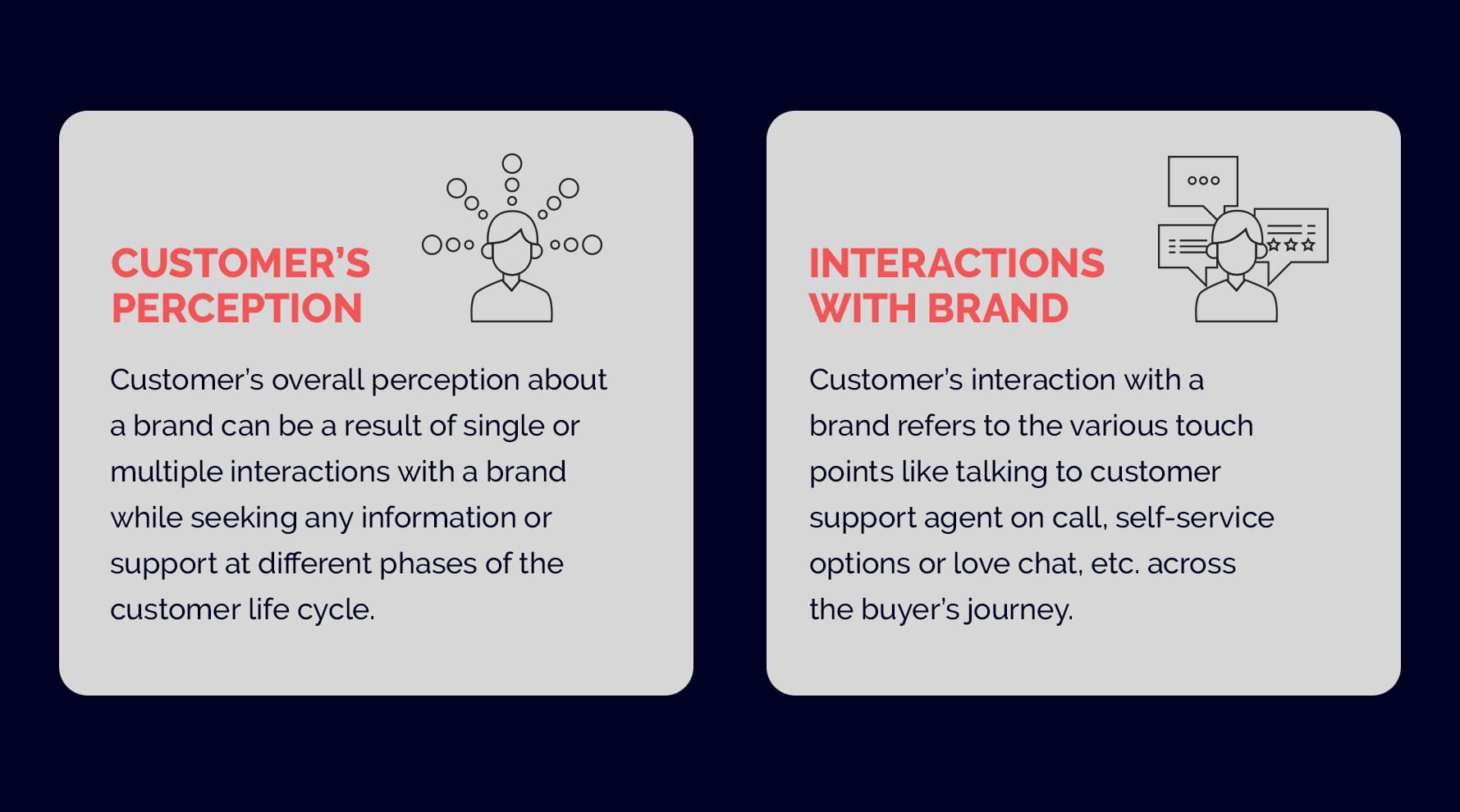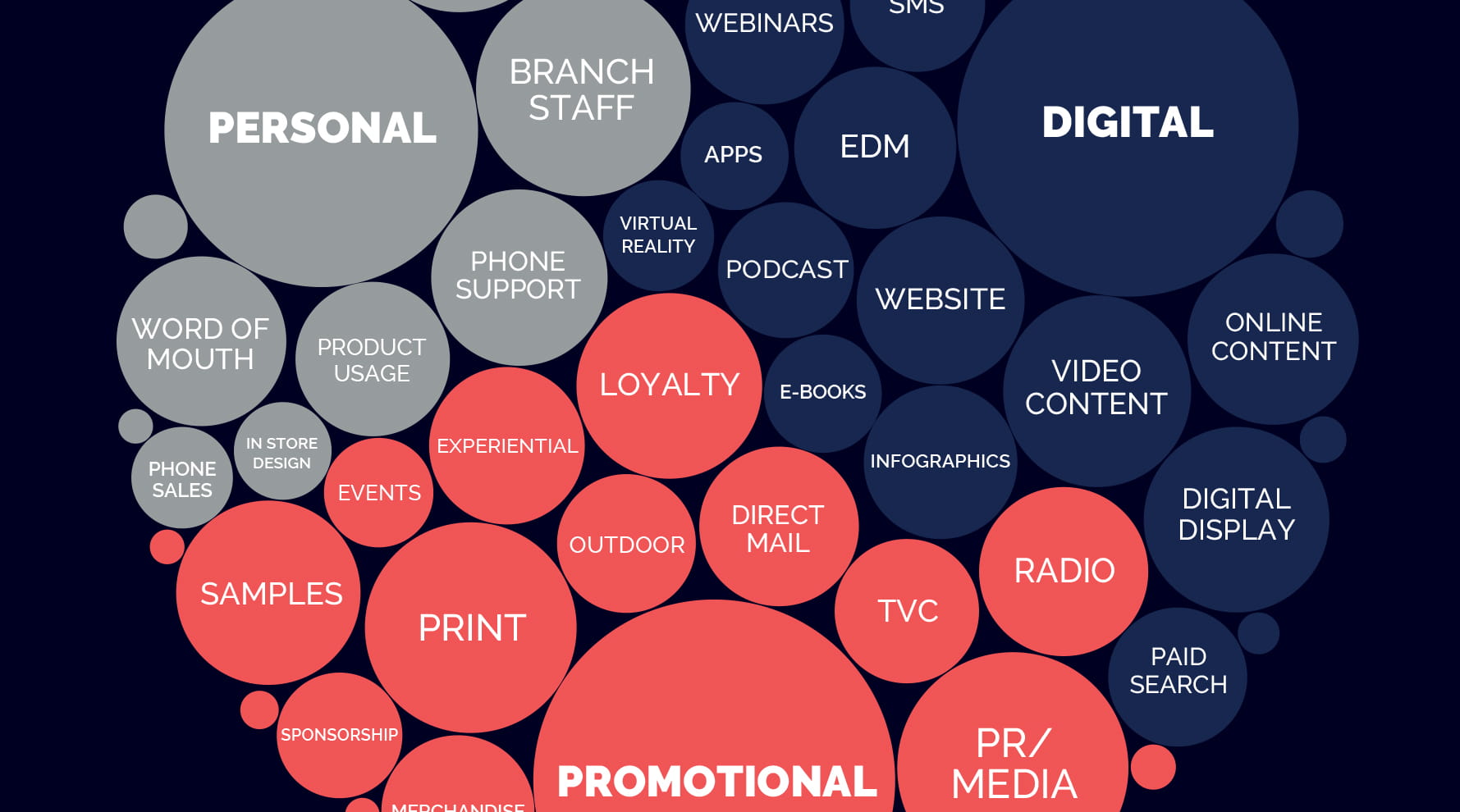What the hell is CX?
Welcome to the first in our new ‘What the hell is?’ content series, where we aim to demystify common industry jargon, explain its impact to your organisation and give you five key insights that can help you change what you do today.
First cab off the rank is CX. As a CX agency, you’d think that we’d be able to refer to a simple definition, but in truth customer experience, or CX, is complex and inconsistently defined and applied.
However, what is consistent is the positive impact that ingraining a CX strategy and methodology can have on your organisation, delivering strong commercial outcomes, improving employee engagement and delivering growth and loyalty.
How do you define CX?
If you asked 20 CX practitioners to define CX, you’re sure to get 20 different answers. In fact, we did ask four; the only thing they all agree on is that it’s short for customer experience. Beyond that, the very nature of CX means that it’s hard to assign one definition that covers its entirety.
And that’s primarily because CX is both incredibly broad and constantly evolving.
If I was being cynical, I could say that the CX discipline is essentially a re-packaging of a number of activities that businesses already undertake.
But in reality it’s much, much more than that.
For some it’s a methodology, for others it’s a function. Some organisations place its role firmly in marketing, while to others it’s an operational discipline, focusing more on transformation and service-based projects.
None of these approaches are necessarily wrong and can deliver positive outcomes, but they do limit the scope of what’s considered within the context of CX.
However, none of this helps us put a label in it, so to fix that, we asked the Co-chairs of the CX Collective to share their definition:
“CX is the collection of memories that define a brand.” – Jason Bradshaw, Chief Customer and Marketing Officer Volkswagen Group Australia.
“CX is the orchestration or end to end management of how a customer engages with your product or service.” – Justin Lee, Director of Customer Experience, Expedia Inc.
“Customer experience is the product.” Cambell Holt, Chief Customer Officer, Mercer
These are all great definitions, all variations that prove how broad the scope of CX can be.
Perception is reality
If we look further, we find Gartner and Forrester both offer similar definitions, which are:
“How customers perceive their interactions with your company.” Forrester
“A customer’s perceptions and related feelings caused by the one-off and cumulative effect of interactions with a supplier’s employees, systems, channels or products.” Gartner

What’s important in the last two definitions is the focus on perception. This is where we can consider the broader strategic implications of not seeing CX as comprising the holistic experience. If we’re thinking that your customer experience is every interaction that your potential, actual and past customers have with your brand, we’re on the right track. It’s important to not limit CX to only considering existing customers and to extend to potential customers, return customers and those who could become advocates. So how about this for a definition…
‘CX is the process of influencing the perceptions of your potential, actual and past customers, through the sum of your brand interactions, products and services.’

Why is CX important?
There’s a simple reason why customer experience is important. If you don’t embrace CX in your business, your customers will go to someone else. This is because we live in a world where expectation transfer is the new norm.
Expectation transfer is the state of measuring your best, last experience against your next one. For example, if I book a flight and it’s a seamless process, when I make an insurance claim, it should be just as good an experience.
What this means in practical terms is that we’re competing not just in our own categories, but against every interaction your customers experience with other brands. If you’re not considering your customers’ needs and delivering a comparable experience, they will seek out someone that does. It’s that simple.
Where to start?
The challenge for many organisations is how to address meeting customer needs in a manageable way.
Many consider CX a ‘big end’ of town discipline, but the truth is that every business can deploy CX principles. For example, consider your options for getting your morning coffee. Do you go to the place that offers the ‘best’ product, or the one where they know your name and your order? That’s CX in practice.
Whatever the size of your organisation, or breadth of your offer, the best place to start is with your customers.
It sounds obvious, but we still see plenty of firms who haven’t mapped any part of their brand experience form their customers’ point of view. This fundamental process is at the heart of CX and is the source of all of the wonderful insights that will drive your CX strategy and program.
Because, if you don’t understand your customers’ experience, how can you hope to influence their perceptions to see your brand as the answer to their needs.
Top five things to know
1. Start with your customer, not your business: Of course CX has to be commercial (see below), but it also has to start with understanding your customers, their needs and designing the experience to meet them.
2. Without a commercial outcome, CX fails: Delivering a great experience without commercial outcomes is a recipe for disaster. Your CX priorities should be on finding the sweet spot of what’s desirable for your customers, feasible for your business to deliver and viable in terms of delivering a financial outcome.
3. CX is about perceptions: If CX is about customer perceptions, then should we spend all our time making incremental UX improvements, or should we focus on those impactful moments that matter?
4. Employees are your experience: Customer-facing or not, your employees are essential in delivering outstanding experiences for your customers. If they understand your customers and how their actions contribute to their experience, your employees will be far more engaged, hence the rise of EX – employee experience.
5. It’s not finite: CX is not a project. It’s not something that starts and ends. It’s an iterative process that looks to continuously deliver on the promise of your brand, measuring, improving and repeating the process as technology, the market and your customers evolve.
Want to talk more about CX and how it can transform your organisation? I’d be happy to grab a coffee and continue the conversation. Drop me an email, or call me on 0488 614571.
Get in touch









